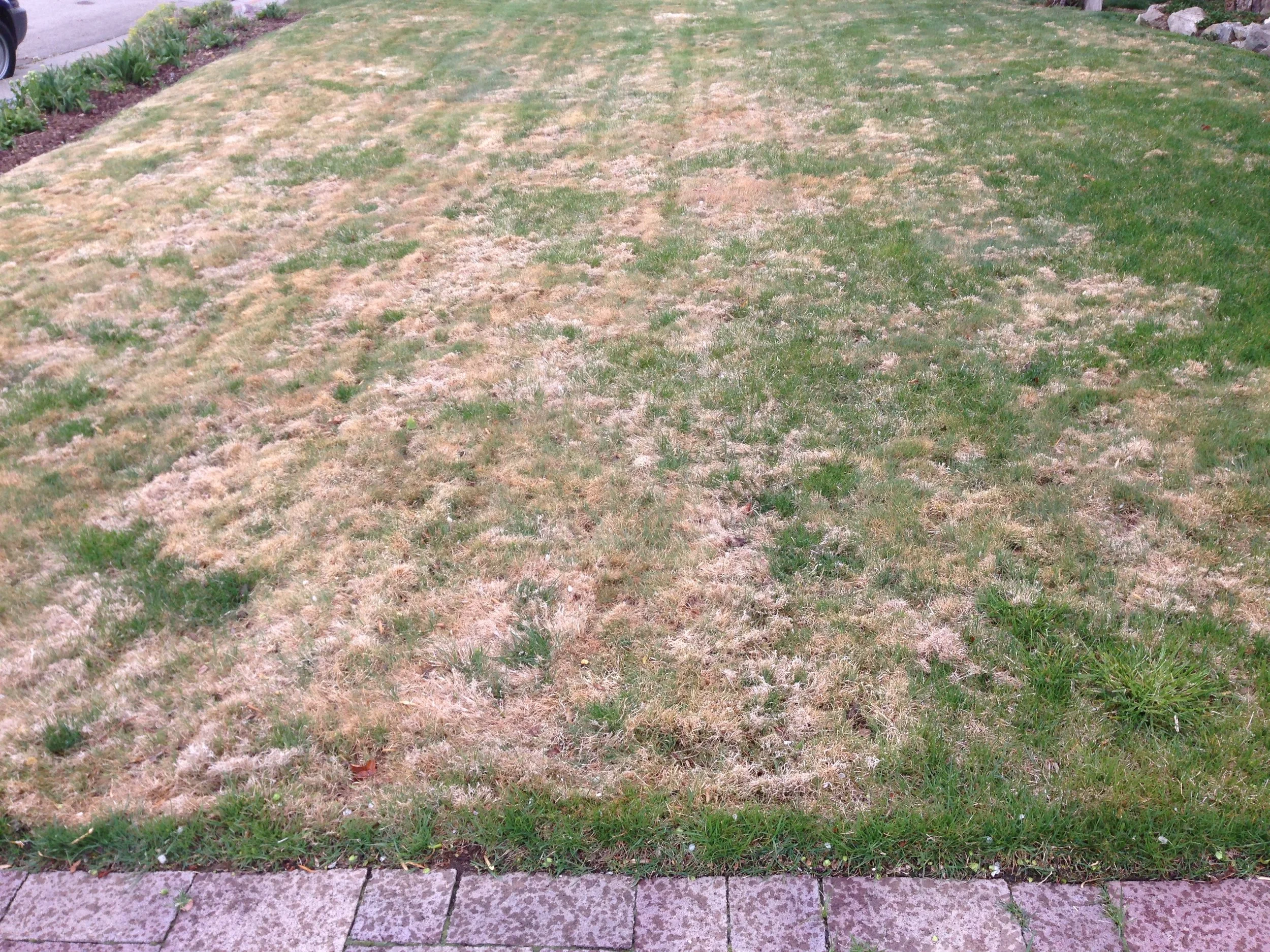I believe many people will do things for their lawns (with good intentions) because they see their neighbors doing things to their own lawns. Then they think that because their neighbor is doing it, that they should do it too.
Power raking and/or de-thatching your lawn is, in many cases, not needed for you lawn. In this post, we'll discuss when and when not to power rake or de-thatch your lawn.
What is De-thatching/Power Raking?
This term is used loosely, but refers to the machines that spin metal tines vertically to cut through deeper layers of thatch on a lawn. Some thatch is okay and even good for a lawn. But more than 1/2" thick can start becoming a problem to grass because it becomes a barrier and stops water, and nutrients from getting into the soil. It can also become a problem because insects can burry themselves in it and can cause problems for your lawn.
When should it be performed?
Deciding when to power rake or de-thatch your lawn will be determined by the thatch layer, which you can check by cutting out a piece of soil and measuring its depth. Or if your lawn visually has a large amount of thatch on top of the grass, like the picture provided below.
Another way of timing and deciding when to power rake should not be any later than early Spring. This is because the lawn begins to grow and it will put a lot of stress on the grass and can do more damage then good to the lawn. While the lawn is still dormant or mostly dormant is the best timing. In Utah, this can be from March to early April, depending on the year and conditions we are having.
It's best to not power rake in the Fall time because the thatch in the Fall can help protect the lawn from the winter snow and protect it (It also doesn't look the greatest if it's done in the Autumn time).
To help prepare your lawn for Winter, and to help prevent against thatch build up in the Spring, cut your lawn before winter, and ensure you pick up leaves so they don't create the thatch layer. Cut your lawn slightly shorter (but not too short!) so grass isn't laying over from being smashed and wet from the winter snow.
For a FREE quote to see if your lawn needs to be de-thatched, please call us at (385) 245-9052

